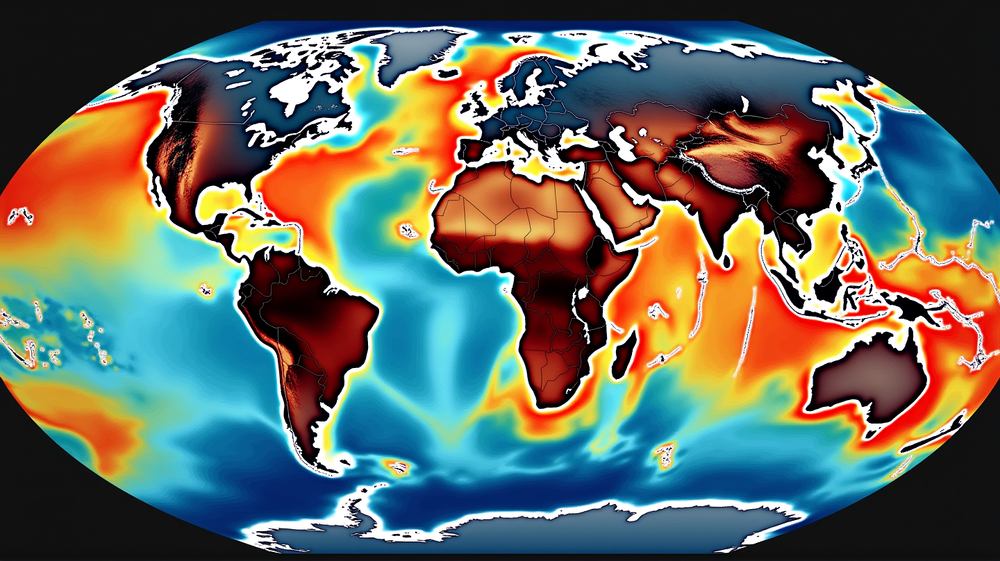Oceans Heat Alarmingly: The Notable Lattitudinal Bands Affecting Global Climate
In the intricate dance of our planet’s climate system, the world’s oceans are taking a spotlight. Scientists have identified two specific latitudinal bands where ocean temperatures are rising at an unprecedented rate. These findings, spearheaded by Dr. Kevin Trenberth of the University of Auckland, uncover critical insights into the dynamism of global warming.
Uncovering the Bands of Influence
The two bands of rapid ocean heating are intriguing. Both situated near 40 degrees latitude, they showcase how climate phenomena manifest differently around the globe. In the Southern Hemisphere, the band from 40 to 45 degrees south captures attention with its fast-paced warming, particularly around New Zealand, Tasmania, and parts of the Atlantic off Argentina’s coast. Meanwhile, in the Northern Hemisphere, the waters east of the United States and Japan in the North Pacific experience significant heat absorption.
Insight from Volume and Depth
This profound discovery is backed by an extensive analysis of atmospheric and oceanic data, scrutinized deeply from 2000 to 2023. Trenberth and his colleagues processed temperature changes within 1-degree latitude strips down to a depth of 2000 meters, providing a layered understanding of these heat dynamics.
Impact on Global Climate
Such changes have palpable impacts. Ocean heating contributes to the destabilization of marine ecosystems, elevates water vapor in the atmosphere—a potent greenhouse gas—and catalyzes severe weather events. This aspect of our climate change narrative is becoming more pronounced alongside shifts in the jet stream and ocean currents.
Nuances of Warming Patterns
While the 40-degree latitude bands stand out, researchers also noted irregular warming near the tropics, interspersed by the variable behavior of the El Niño-Southern Oscillation. Yet, the notable absence of warming in the subtropics, near 20 degrees latitude, piqued curiosity, adding another layer to this complexity.
A Call to Acknowledge and Act
The implication of these heat bands brings a clarion call to the side effects of accumulating greenhouse gases in our atmosphere. While natural variations in climate play a part, the human footprint is undeniably significant. This research underscores the urgent need to address these issues at a global scale and ponder on sustainable solutions, as stated in Technology Networks.
In a world where environmental data shapes our understanding of climate futures, the revelation of these heated ocean bands emphasizes our planet’s complex and ever-changing character. For future generations’ sake, it’s a tale worth heeding.




